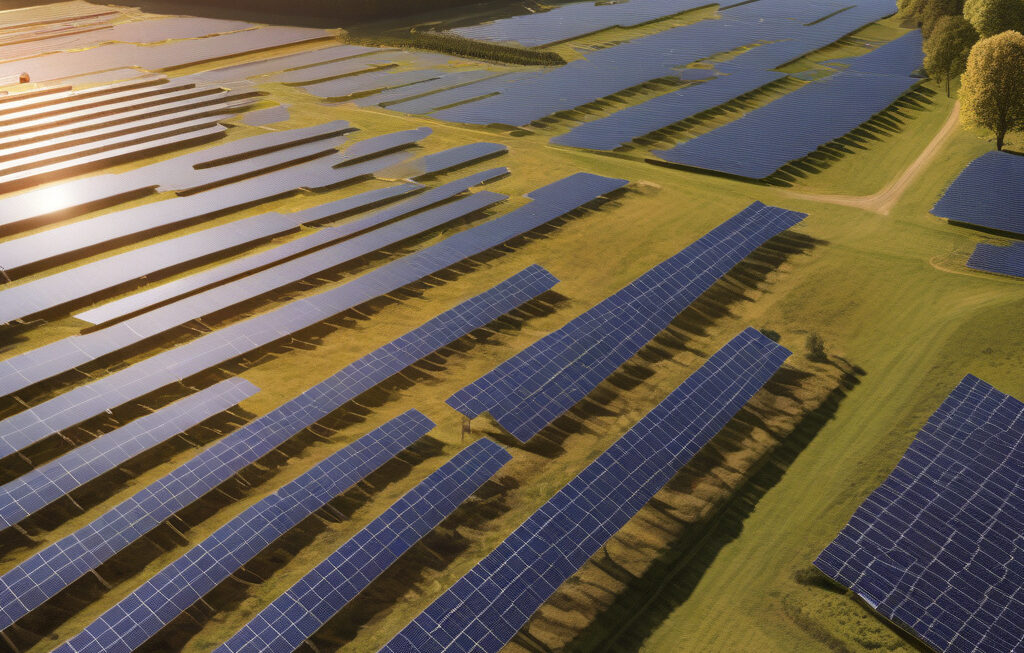Tandem Solar Cells Achieve 33.1% Efficiency with Textured Silicon Passivation
Solar power is growing faster than any other energy source. Yet silicon, the workhorse of the industry, has its limitations. Despite its abundance and reliability, silicon solar cells struggle to convert sunlight into electricity efficiently. This inefficiency has been a bottleneck in the widespread adoption of solar energy. However, recent advancements in tandem solar cell technology are changing the game.
Tandem solar cells, also known as multi-junction solar cells, stack multiple layers of photovoltaic materials on top of each other to capture a broader spectrum of sunlight. This approach allows for higher efficiency compared to traditional silicon cells. One of the key challenges in tandem solar cell design is to optimize each layer to work together seamlessly. This is where textured silicon passivation comes into play.
Textured silicon passivation involves modifying the surface of silicon to reduce energy losses and improve light trapping. By adding a textured layer to the silicon surface, researchers can enhance light absorption and reduce surface reflectance. This technique has been crucial in boosting the efficiency of tandem solar cells.
A recent breakthrough in tandem solar cell technology has achieved an impressive efficiency of 33.1% using textured silicon passivation. This milestone, reached by a team of researchers at a leading solar energy institute, marks a significant step towards commercializing high-efficiency solar panels. The textured silicon passivation not only improves the overall performance of the tandem solar cells but also makes them more cost-effective to produce.
The implications of this advancement are profound. With higher efficiency levels, solar panels can generate more electricity using the same amount of sunlight. This means lower installation costs and a smaller footprint for solar farms. Additionally, the increased efficiency makes solar energy more competitive with fossil fuels, paving the way for a cleaner and more sustainable future.
Beyond the technical aspects, the success of tandem solar cells with textured silicon passivation underscores the importance of continuous innovation in the renewable energy sector. As the demand for clean energy solutions grows, so does the need for more efficient and affordable technologies. Tandem solar cells represent a promising avenue for meeting these demands and accelerating the transition to a carbon-neutral economy.
In conclusion, the achievement of 33.1% efficiency in tandem solar cells with textured silicon passivation is a game-changer for the solar energy industry. By harnessing the power of multiple layers and advanced surface engineering techniques, researchers have unlocked new possibilities for high-performance solar panels. This breakthrough brings us one step closer to a future powered by clean, renewable energy.
solarpower, renewableenergy, tandemcells, siliconpassivation, energyefficiency











